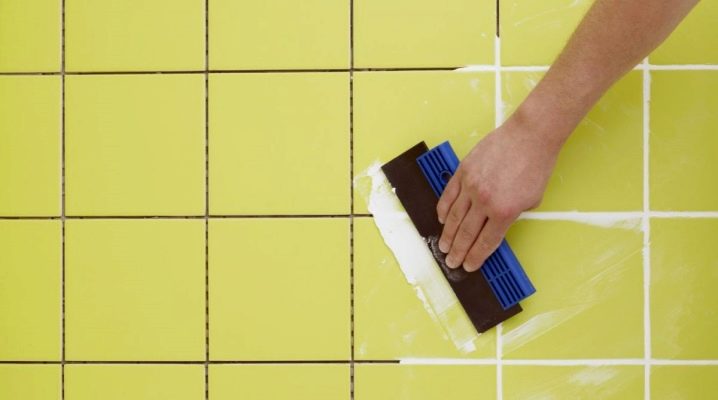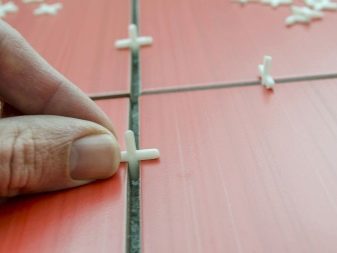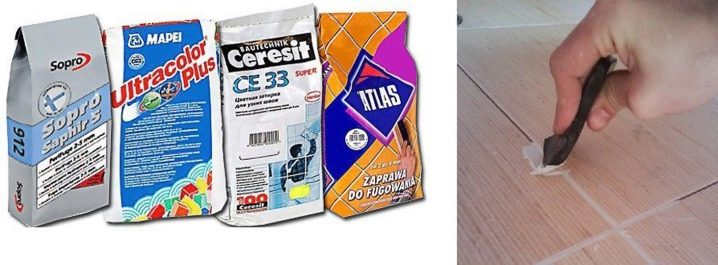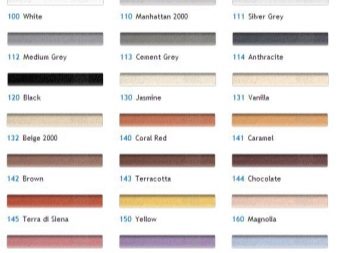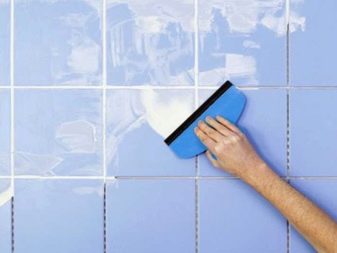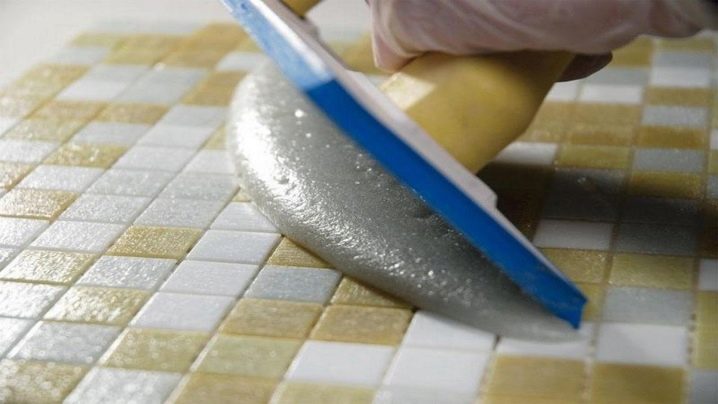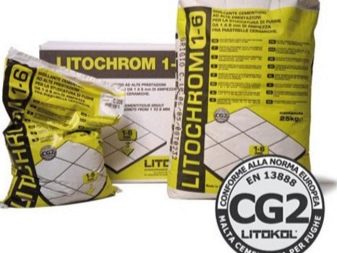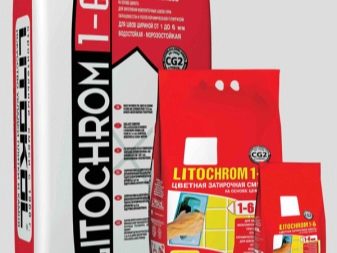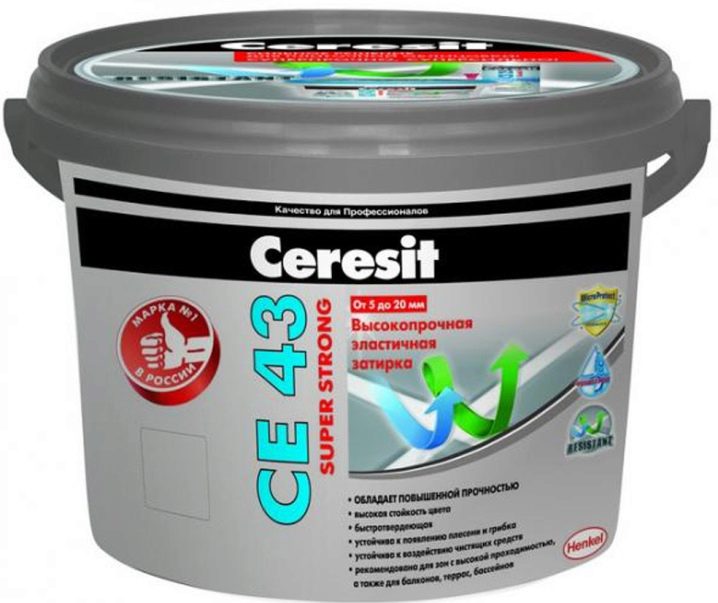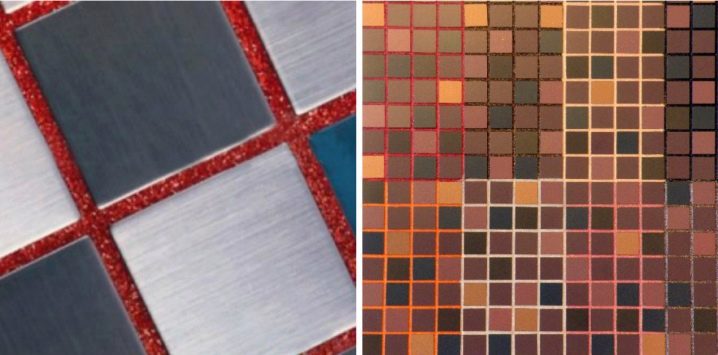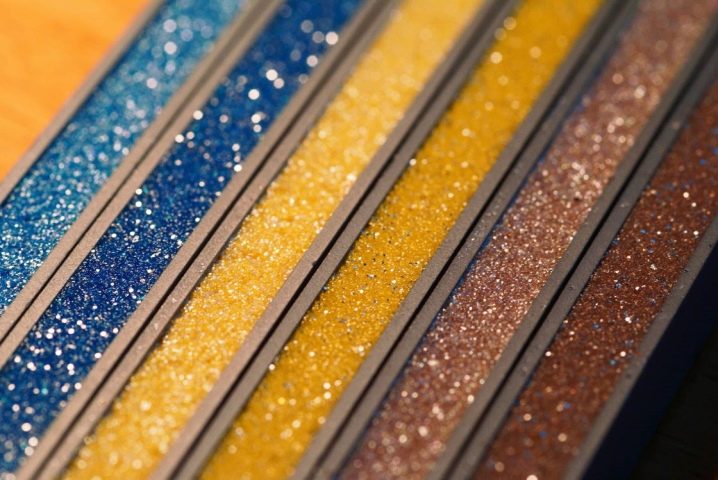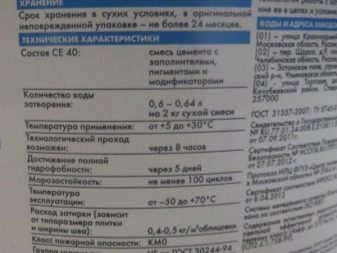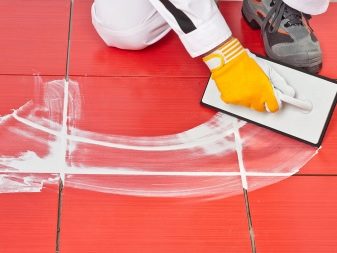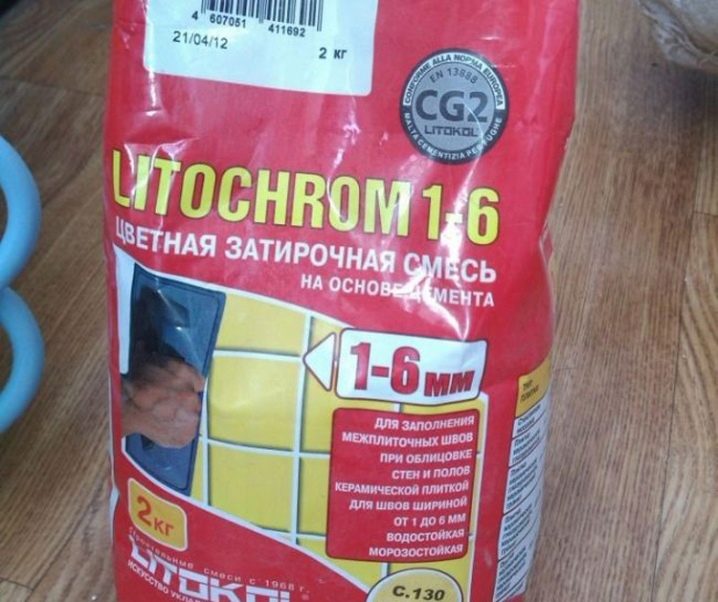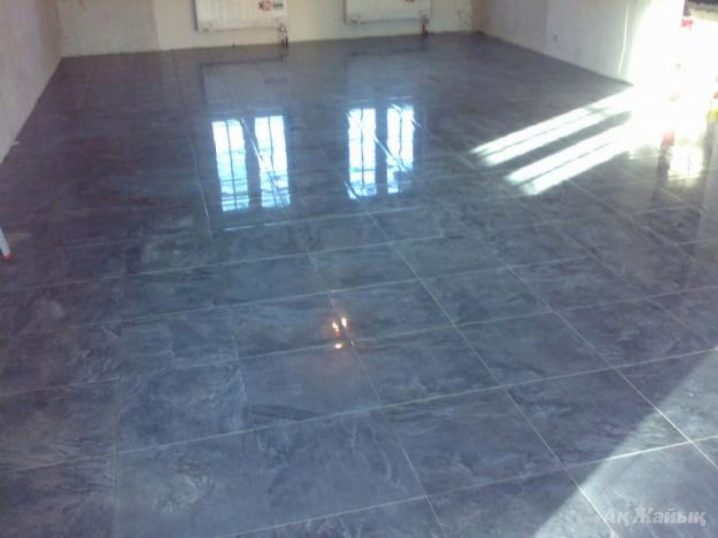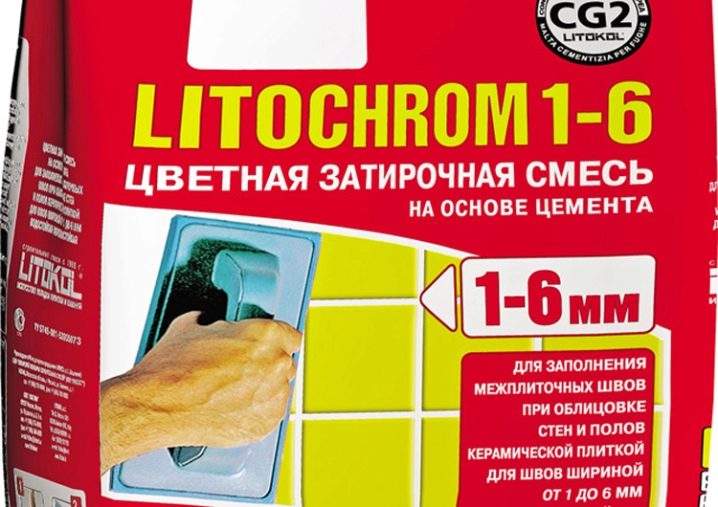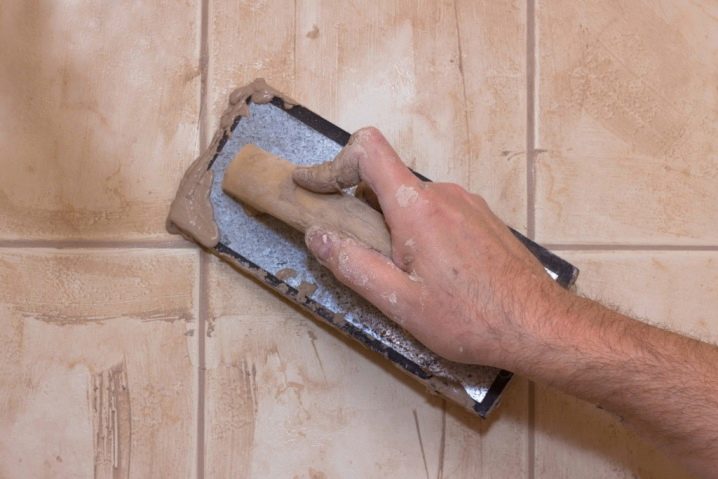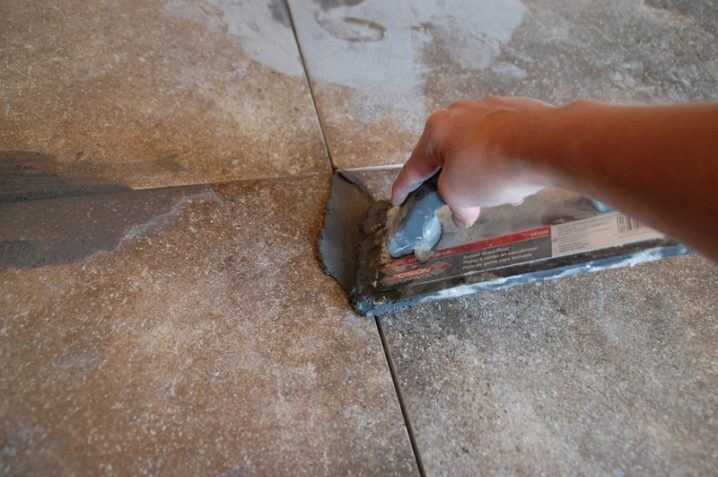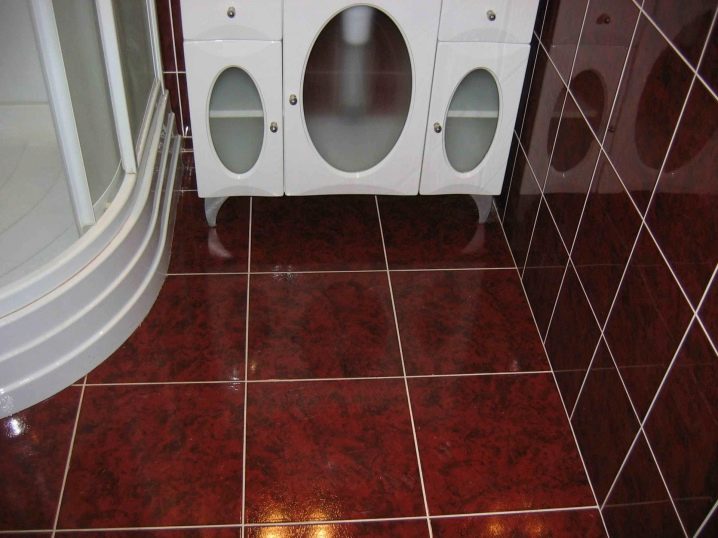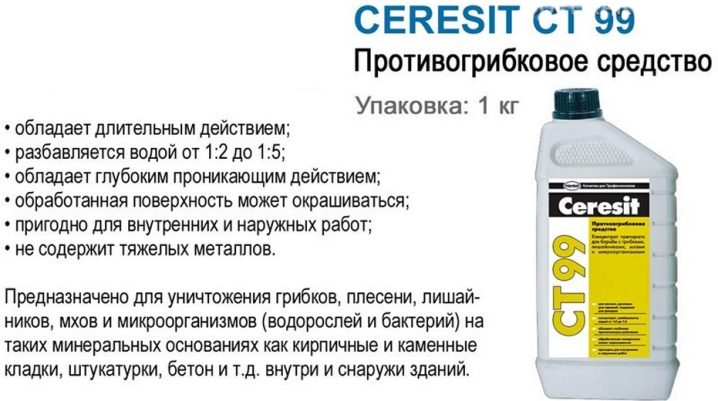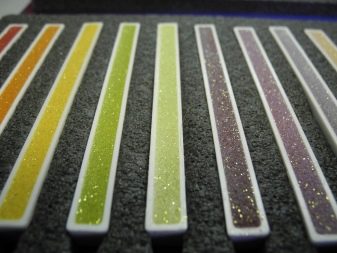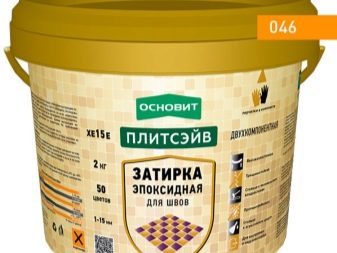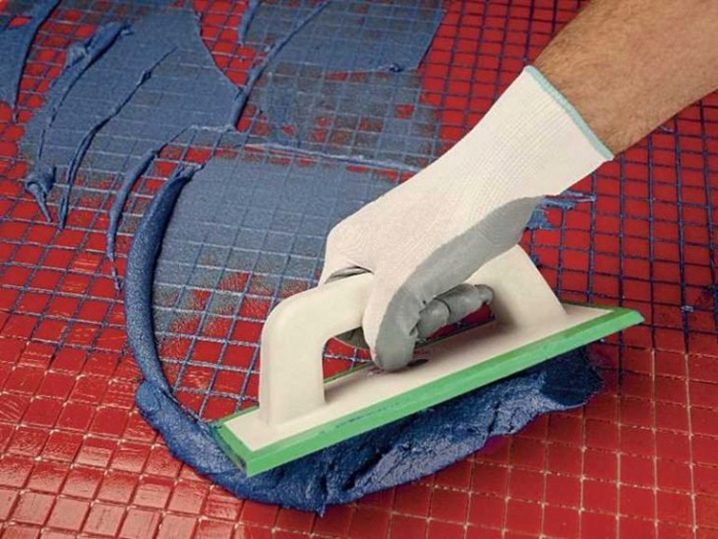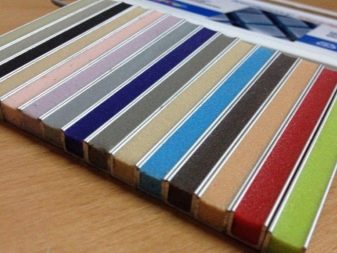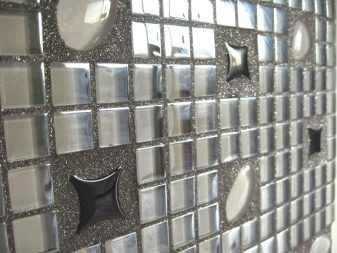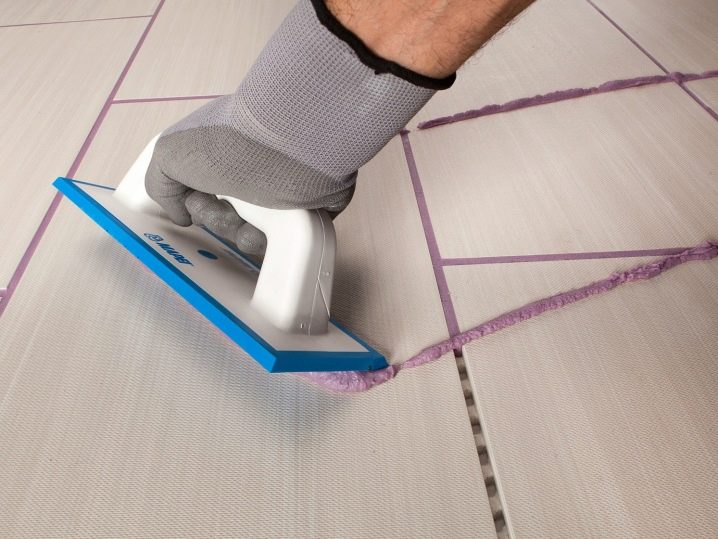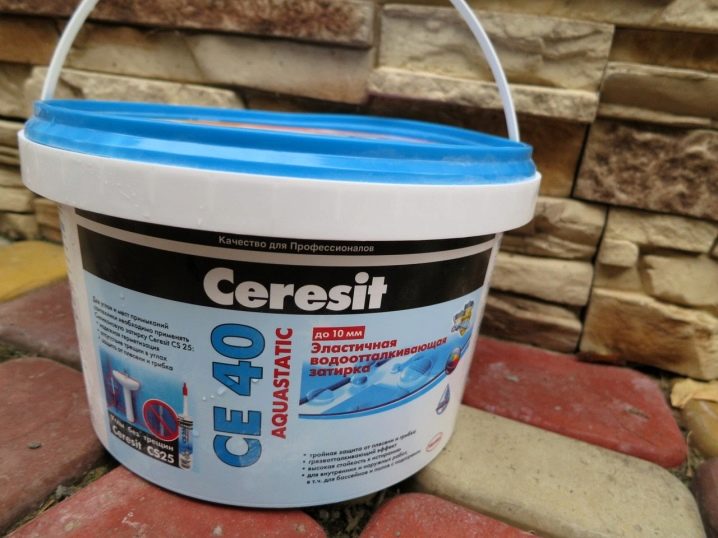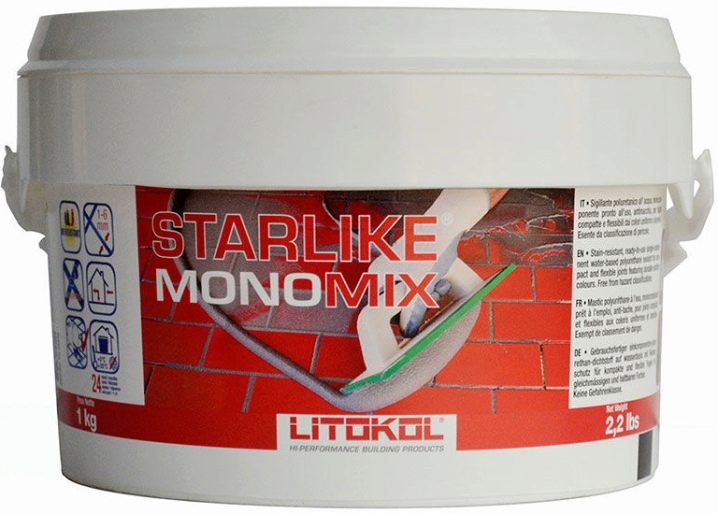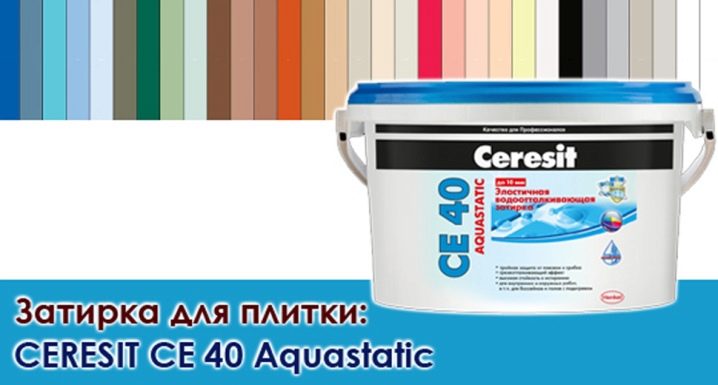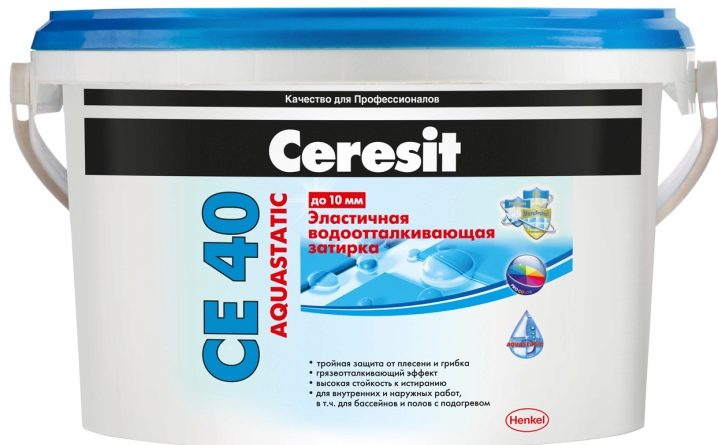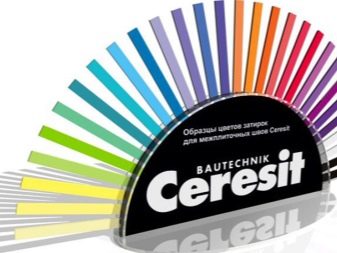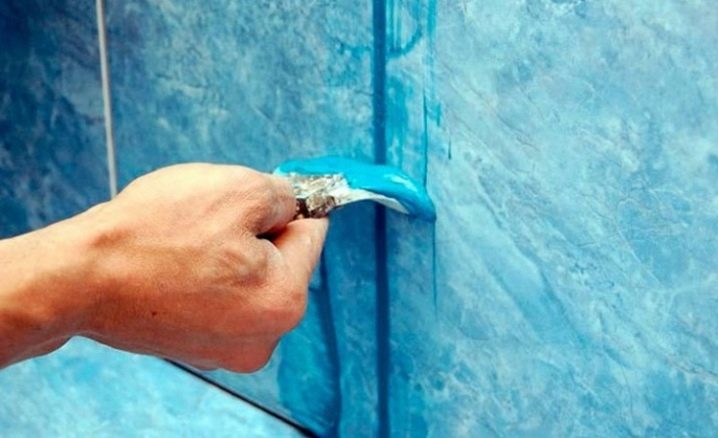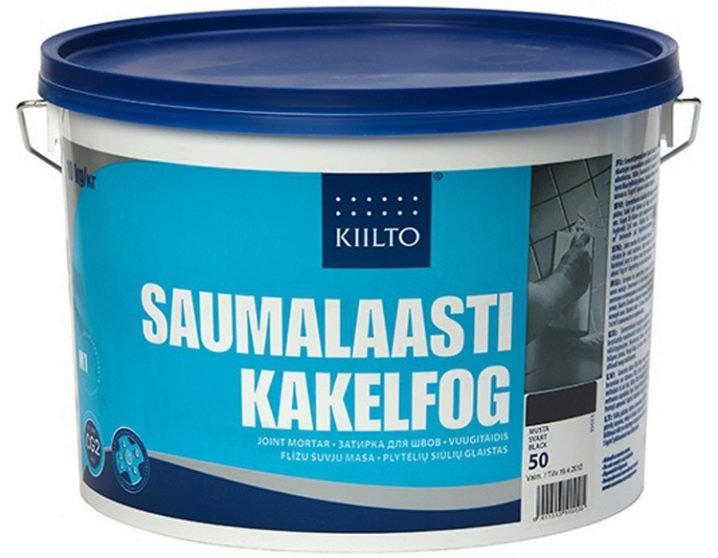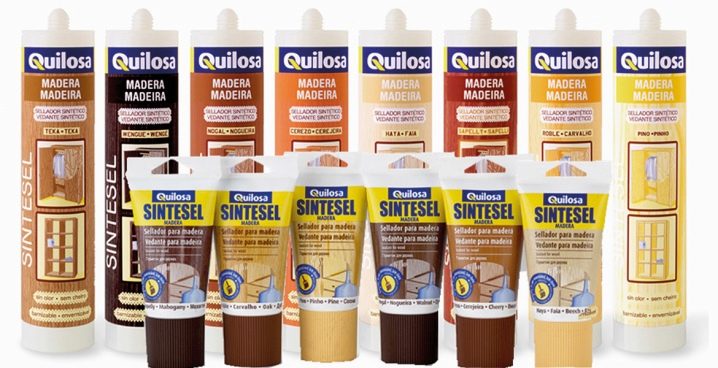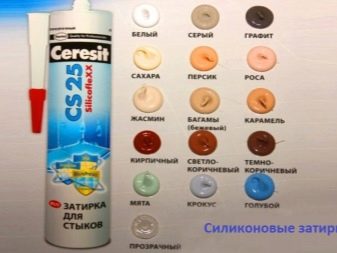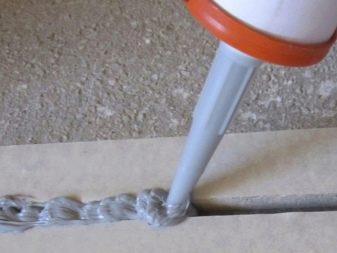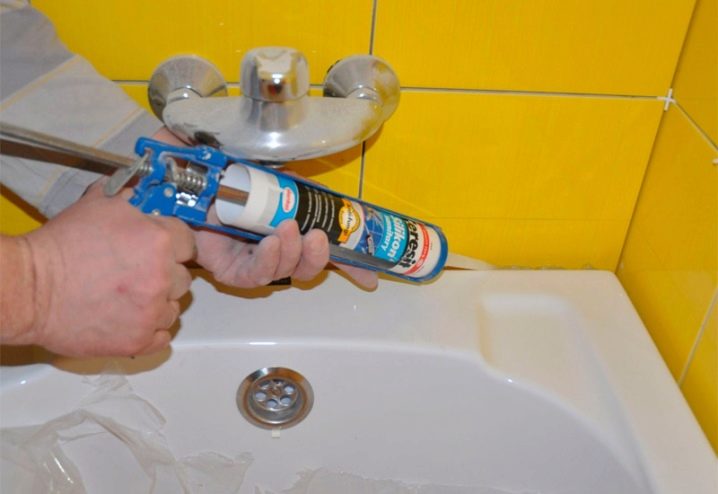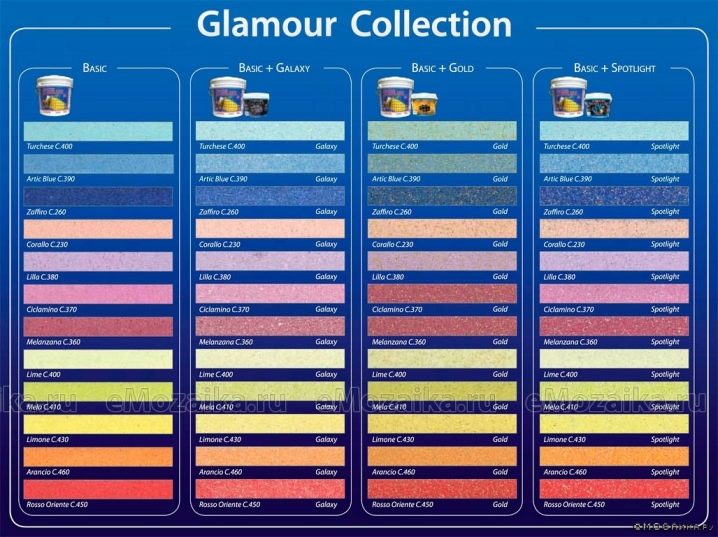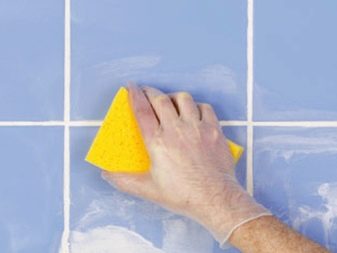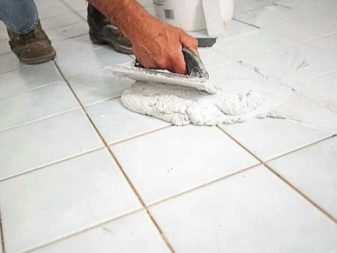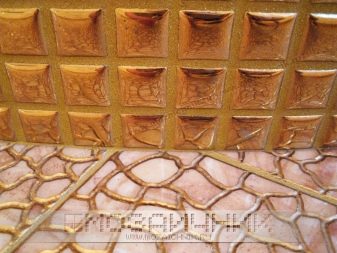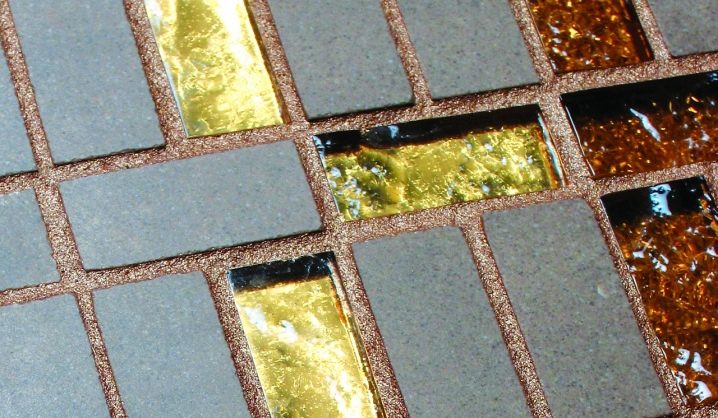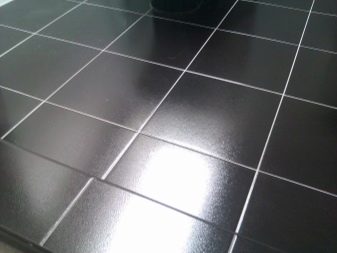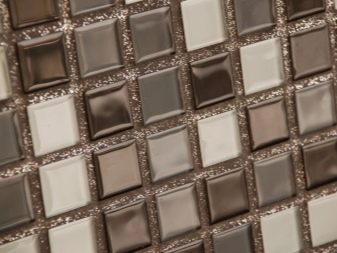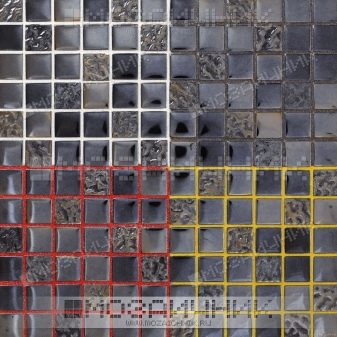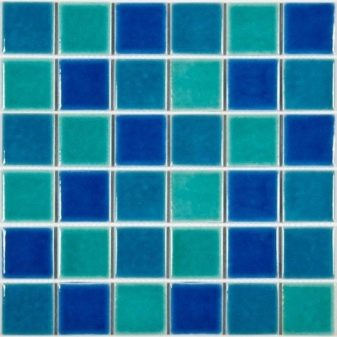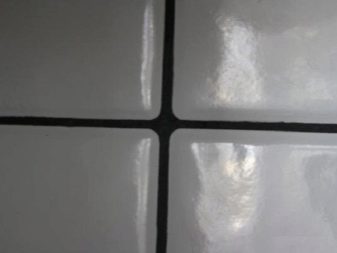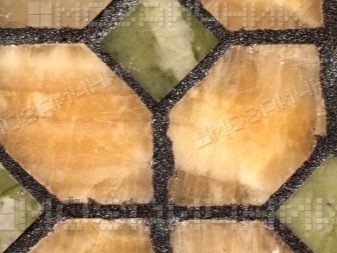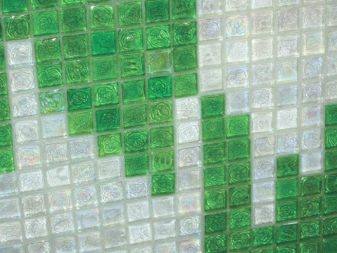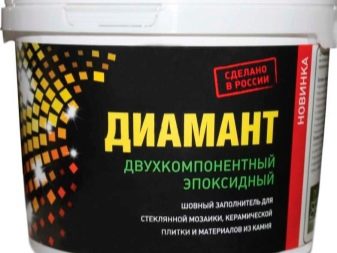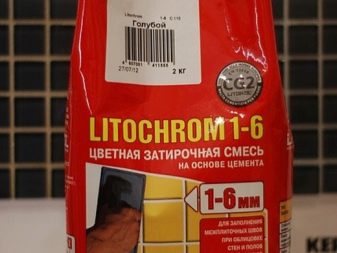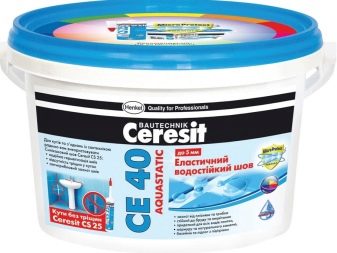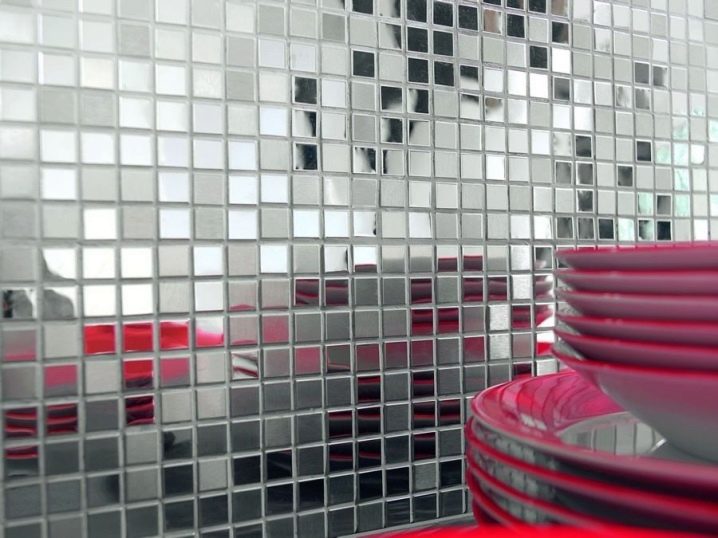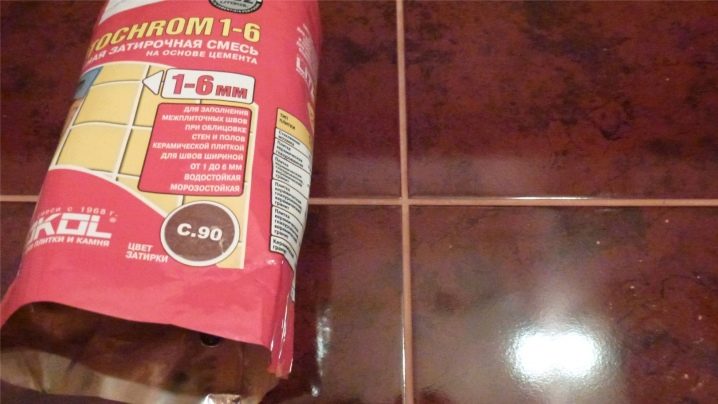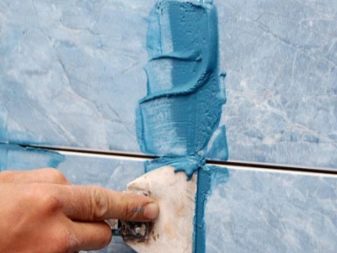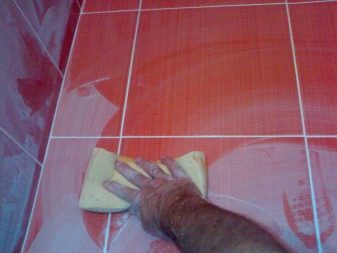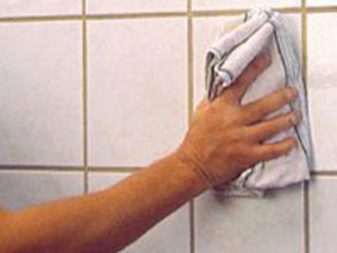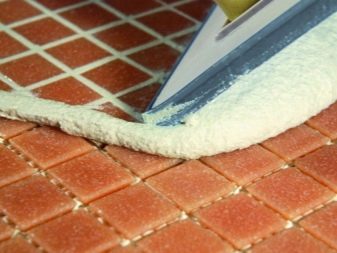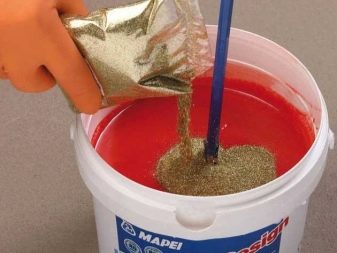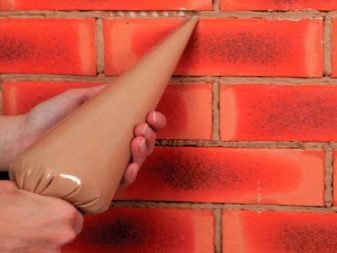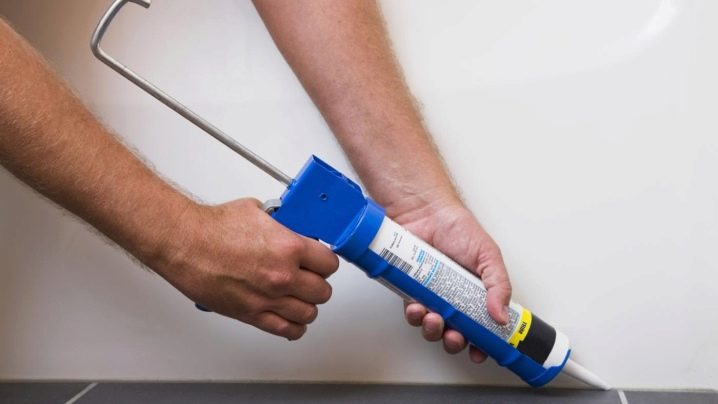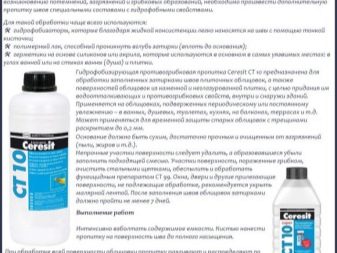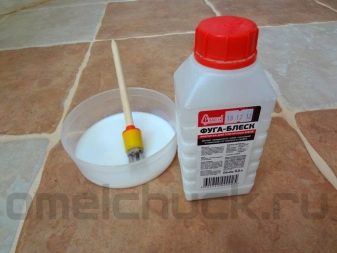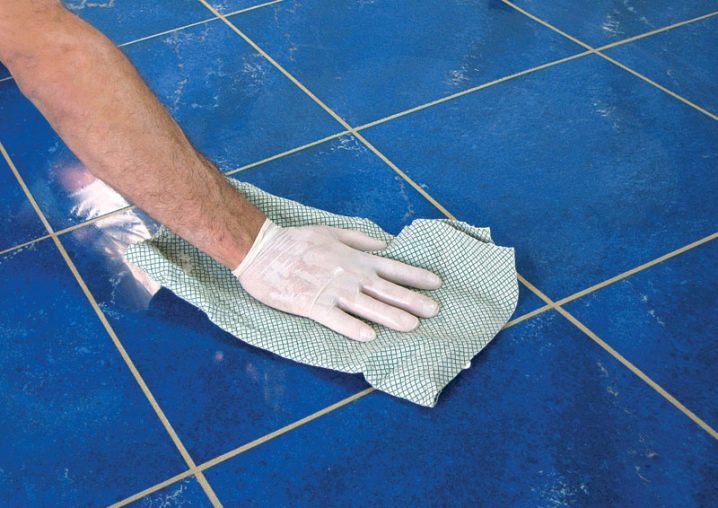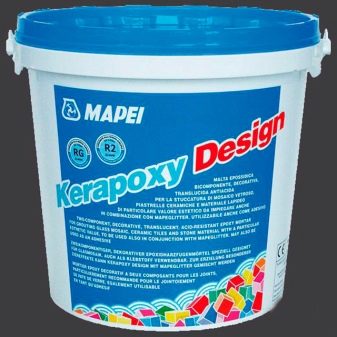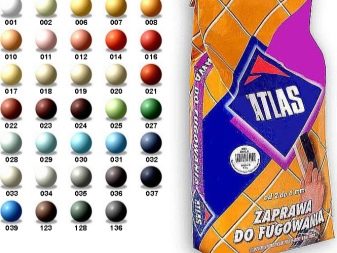Tile Grout: Types and Features
Laying tiles on the walls or on the floor is not an easy process, but it is possible to cope with it without the involvement of specialists. The final stage of this work is the application of grout. If you neglect this stage, the appearance of the finish will be less attractive and harmonious.
Today we will take a closer look at such a useful building material, as well as get acquainted with its types and features.
What it is?
There are two main types of laying tile: with seams and without seams. If you prefer the common variant with seams, then you cannot do without quality grout (otherwise it is called fugue).
By these concepts is meant a whole group of special compositions designed to fill the gaps between the tiles.High-quality grout have many positive qualities, thanks to which they are in many ways superior to similar building mixtures.
Features and properties
According to experts, the processing of grout is a mandatory work when laying tile. Such compounds have the following main functions:
- They protect the inter-tile joints from the pernicious penetration of moisture and moisture. This property is especially important when it comes to finishing the walls and floor in the bathroom and in the kitchen.
- Thanks to the grouting, no mold or fungus forms on the surface of the tile and the seams.
- High-quality fugue has a reinforcing effect on tile.
- Without tiling, the surface trimmed with tiles will look ugly and sloppy. This composition allows you to hide the cracks underneath, which can greatly spoil the look of the finish. The main thing - to choose a mixture of suitable color.
Most consumers prefer it grout, as it has a lot of positive qualities, which include:
- attractive and aesthetic look;
- moisture resistance;
- strength and durability;
- environmental cleanliness and safety - does not harm either the environment or human health;
- economy: consumption is very democratic;
- easy application method that does not take much time.
There are several different types of grout. Each species has a number of features and useful properties. Many of them easily withstand the effects of aggressive chemical compounds.as well as sudden temperature drops. This suggests that high-quality and reliable grouting can be used both in the conditions of a residential house or apartment, and in industrial premises.
As a rule, these compounds have an elastic consistency, so applying them is not always convenient. For example, epoxy grout is not only difficult to fall on the finishing material, but it is also difficult to remove it.
Composition
Different grout has different components in the composition. The simplest are dry mixes, which are produced on the basis of cement with special additives (plasticizing and mineral). Such compositions must be diluted with water. In rare cases, a special liquid latex should be used instead of water. The main thing is to follow the instructions on the package.
Reliable synthetic blends are stronger and more durable. In their composition are resins. Such grout, as a rule, are liquid. Some formulations can be used immediately, and the second need to be diluted with special hardeners (before starting work).
Experts claim that the fugovochny mixes having different structures, work approximately equally. When such grouting fills the seams between the tiles, the mixture is attached directly to the edges of the finishing material, and then solidifies, forming a thick waterproof layer between the different details of the lining.
It is worth noting that the fugue does not shrink as it dries, as it is quite elastic, so no cracks or other similar defects appear on it.
Shelf life
Grout should be used only within the expiration date indicated on the package. If you neglect this, the fugue may begin to crumble or will not attach at all to the surface of the tile.
Grout should be stored in dry conditions. It is advisable not to pour or pour it out of the packaging, if you do not plan to use the mixture in the near future. Since the manufacture of such compositions can be stored no more than 24 days.
As for the immediate shelf life of grouting, it differs for different products. For example, the Atlas blend can be used for one year when it comes to epoxy blend. The shelf life of glossy options is 2 years.
Types and characteristics
There are several varieties of trowels. Each composition has its pros and cons. Let us consider in detail all possible options and nuances of working with them.
Cement type
Such compounds are among the most common and are common. They are based on Portland cement, which is often diluted with a variety of additives. Such mixtures are diluted using a special latex plasticizer.
Grouting cement type is a reliable water-repellent and waterproof mixture with high adhesion to finishing materials. This fugue is used to treat small seams (no more than 5 mm).. In other cases, it is better to acquire a sand-cement type of mortar.
Cement composition for work must be filled with water, and then mix thoroughly. Begin to apply it to the seams after 5 minutes.It is recommended to use such mixtures when working with ceramic, glass and stone tiles on a plastered base made of brick, concrete, drywall or PVC.
It is not recommended to refer to these options if you have glazed tile or marble on the wall or floor.
Due to the presence of a certain amount of sand in cement groutings, they can be used not only for processing small crevices of 3-6 mm, but also for more impressive gaps.
If you plan to tile the bathroom, then cement grout is ideal. It is desirable to choose a mixture, which include additional components that make them more reliable and durable.
The main advantages of cement grout are:
- Good strength characteristics.
- Ease of application. Even inexperienced craftsmen can cope with them.
- For the preparation of such mixtures also do not need to have special knowledge and rich experience.
- If the finish is cracked over time, it can be easily replaced.
- Cement compositions are inexpensive and are found in any hardware stores.
The disadvantages of cement-sand trowelled mixtures include:
- Ability to absorb too much moisture.
- Such grout presented in a fairly modest color range, so some buyers can not find a suitable mixture for their tiles.
- Cement mixtures shrink a little when they are completely dry. This often leads to the formation of cracks.
- Such grout is frozen for quite a long time.
Experts strongly do not recommend the use of these grout in conditions of high humidity.
This is explained by the fact that they form a special porous surface that absorbs a large amount of moisture. Because of this, over time, a mold appears on the seams between the tiles, and they themselves can begin to break down.
To cope with this problem will be able to high-quality antifungal mixture, which must be introduced into the cement composition. It is also permissible to apply to liquid latex impurities, which will make grouting more reliable and elastic.
Epoxy
In these grout there is a special epoxy resin. In addition, for extra strength, a special aggregate of small fraction is added to such mixtures.Special colored sand is suitable for this. It makes the seam much stronger, and also acts as a pigment.
After the introduction of the hardener, epoxy grout rather quickly becomes waterproof and dense masses, in many respects similar to plastic. This option of sealing seams is one of the most successful, especially when it comes to finishing wet surfaces in a bathroom, bath, pool or kitchen.
A number of epoxy is a special liquid ceramics, which is also not afraid of contact with water and chemical means. Such compositions can be used in both residential and commercial premises.
The main advantages of epoxy grout include the following.
- High elasticity and water resistance.
- Non-porous surface. Due to this structure, epoxy grout does not absorb moisture and does not cause fungus and mildew.
- Such mixtures are not afraid of aggressive chemistry, abrasives and various detergent compositions.
- Not afraid of this grout and temperature extremes.
- Over time, these compounds do not lose their color and are not covered with cracks, because they do not shrink.
- Epoxy mixtures are presented in a fairly rich color palette, so it will be possible to choose the appropriate option for tiles of any shade.
Of the minuses of these grout are the following.
- The complexity of the application. To cover this gap between tiles, it is necessary to have a dexterity, as it dries very quickly.
- The difficulty of removing the composition directly from the surface of the tile.
- Are more expensive than other options mixes.
- They have a high content of sand in the composition, so their surface is slightly rough. For such coatings often cling small threads, hair and other debris.
Polyurethane
Such types of grout are characterized by high elasticity and excellent water repellency. Such mixtures can cover the gap between the tiles, the size of which is 1-6 mm.
Polyurethane grouting is an excellent option for ceramic finishes, which are located on movable bases. This is due to the fact that such mixtures are characterized by high elasticity and are not subject to the formation of cracks even if the tile "plays" on the wall or on the floor.
Painting polyurethane grout is the same as painting epoxy variants. Pigmented sand is used for this.
The advantages of polyurethane grout include the following.
- Water resistance. Such a fugue will not absorb moisture and moisture, dirt.
- Such mixtures very easily fill even tiny seams.
- These fugs do not require mixing, since the mixture is initially ready for use.
- Using polyurethane grout, you will have enough time to correct any errors and errors of application.
- From the surface of ceramic tiles, these compositions are erased easily and quickly.
The cons of this product is not so much. These can only be attributed to the fact that they do not tolerate chlorine and may even be destroyed under its influence.
Latex
These mixtures also have an elastic structure. With this option, you can easily fill small seams, the width of which is 2-3 cm. In its pure form, they are used very rarely, because they are quite expensive. However, simple cement fugues are often added to latex blends. This is necessary to improve the strength characteristics of the composition.
The main features of latex grouting are that they are resistant to bending and compression.. In addition, they are not afraid of temperature changes and do not lose their color over time.
The advantages of latex grout are:
- increased elasticity;
- non susceptibility to cracking;
- the ability to fill the wide joints between the tiles;
- water tightness;
- large selection of different colors.
The disadvantages of such products are:
- high price;
- the need for timely removal of the fugue from the surface of the tile - if we neglect this rule, then there will be visible dull traces on the cladding;
- does not tolerate cleaning with steam.
Furan
This composition has an unusual black color. It can only be used in industrial premises. In the composition of the furan grout there are special furan resins. Such mixtures are heat-resistant and are not at all afraid of exposure to aggressive chemical compounds.
They are made on the basis of a special curable resin, to which latex is added, as well as portland cement. This is necessary for additional elasticity and reliability of the mixture.
After complete solidification, the furan fugue resembles epoxy resin in many ways, but has other chemical properties. This grout is acid-resistant, but reacts with foreign substances, emitting harmful compounds. For this reason It is strongly not recommended to use these mixtures in a normal residential apartment.. Most often they are used in industrial premises.
The positive qualities of these grout are:
- water tightness;
- such mixtures form a fairly solid and reliable seam;
- not afraid of exposure to acids, as well as ultraviolet radiation;
- are elastic;
- not covered by cracks over time.
However, there are similar grout and their weaknesses:
- in the free market to find them is not so easy;
- they are available exclusively in black;
- are chemically active;
- are approved for use only in industrial premises in the open air.
Acrylic
Acrylic is a popular and common component that is found in many building materials. In combination with other elements, it gets a variety of features and properties.
Zatirochny acrylic sealant is used not only for processing joints between tiles, but also for other purposes:
- To seal the seamspresent in materials such as concrete, wood, plaster and brick. Due to the processing of such bases with a sealant, paint is much easier and safer on them.
- For additional sealing of small holes, cracks, as well as window frames and window sills.
This or that type of grout must be selected in accordance with the room in which you plan to lay tile and the quality of the finishing material. The main thing that the fugue was waterproof and heat-resistant. Such mixtures can be safely used both in industrial premises and in the conditions of a usual bathroom or kitchen.
Colors
Tinting a fugue is one of the most important details that should not be ignored. Grout can be absolutely any color. It is necessary to select one or another composition in accordance with the shade of the tile so that the appearance of the finish is more harmonious and accurate.
Fugue gray is natural.. Quite often there are mixtures of simple white and black colors.In case the ready-made grout of the desired tone was not found, you can create it on your own. To do this, buy a regular white fugu and color it with a color scheme.
The simplest is a tandem tile and grout one color. Such solutions look harmonious and represent a whole. However, such a color combination is unlikely to suit those who love more original and vibrant surroundings.
Universal is a white grout. It looks harmoniously with almost any tile, whether it is a contrasting dark or calm light.
One of the richest in various palettes are epoxy compositions, however, it is not recommended to paint such options on your own.
Manufacturers often add shiny components to them, which create an interesting effect on a silver, gold or metal surface, as well as bronze coating.
Such options look attractive and attract views. For example, a bronze grout will be an unobtrusive addition to the situation in a classic or fanciful style.
Choosing a particular shade of grout, you must follow these simple rules.
- Dark and contrasting mixtures should be used only in those cases when you are sure that the tile is on the wall or on the floor perfectly. This results from the fact that similar color opposition noticeably emphasizes the pattern of material laying.
- If in the process of laying the tiles were made errors and omissions, it is better to use a light shading grout. In such cases, the darker tone of the tile will visually distract attention from irregularities and defects.
Also, experts recommend choosing a grout shade in accordance with the interior items in the room. To date, the most popular are the mixture of the following colors.
- Yellow orange. Such mixtures can be used with tiles of similar colors. They can completely repeat the fugue tone or differ by a couple of values.
- Red and Burgundy Grout. Such a fugue looks attractive and bright. It can be easily combined with similar shades, and you can turn to interesting contrasting solutions. For example, it may be white or black tile. However, it is recommended to resort to such combinations in the event that you calmly relate to sharp color changes, and they do not irritate you.
- Blue, blue, lilac, purple grout. These options will look organically in an ensemble with a tile of calm, but deep tones. For example, a blue grout can be used with blue tiles, and a blue fugue - with blue tiles.
- Turquoise and lime grout. They will look good in tandem with blue and green tiles.
- Brown grout. This mixture will look great with a tile of coffee, chocolate or caramel shades, as well as with coatings that simulate wood. The main thing is that the fugue was different from the trim for a couple of tones and was lighter.
- Black grout. A dark composition, reminiscent of graphite in hue, will look good on a contrasting light background. However, such a solution is permissible only if the tile is applied to the wall ideally smooth and neat.
- Shimmering and pearl. Relatively recently, unique shimmering and pearlescent grout appeared on the market. Such mixtures are ideal if you have finished the floor or walls with mosaics. The effect of interesting and eye-catching flicker is achieved by adding glowing sparkles that are contained in the composition of the trowel mixture.
- Colorless. In cases of multi-color combinations or laying mosaic tiles, a transparent grout will be the perfect solution. The basis of such a mixture is glass, and it can safely decorate a unique artistic surface with a mosaic ornament.
Transparent fugue does not let the sun's rays and adapts to the color belonging to the tile. However, this composition is not completely transparent. It can be used only in cases with small seams whose width does not exceed 2 mm.
Which is better to choose?
Many people are mediocre mixes and approach their selection accordingly. In fact, you should choose the materials of finishing with all the responsibility, so you should follow the following recommendations from the masters.
- If you carry out repairs in the bathroom, where the ceramic finish occupies all surfaces, then it is better to give preference to a not very expensive, but moisture-proof mixture. For example, it may be a cement or cement-polymer version. It is also permissible to mix white fugu with liquid latex and obtain a suitable and reliable grout.
- In special “wet” zones (kitchen, bathroom, pool, bath), fugues are necessary, which possess not only waterproof, but also wear-resistant compounds that are not afraid of detergents. For this ideal two-component epoxy grout. Similar options can be safely applied in the design of seams mosaic panels.
- For the treatment of the floor is to use cement-sand or epoxy mixture of darker tones.
- As for the exterior finish, here it is worth looking for a furan grout. If you cannot find it anywhere, then turn to a simple cement fugue and add latex grout and special antiseptic to it to prolong its service life.
- If you are a lover of unique design ideas, then you should choose grout with a beautiful sheen. The main thing - that they approached the tile. For example, such options will look good in combination with mirror tiles.
- For special gypsum tiles, it is recommended to choose a cement grout.
- Do not forget about the color of the grout. The choice of the right shade depends on your taste preferences, but the color of the tile also plays an important role.as well as the color of the interior as a whole.
- Grout for tiles must be of high quality and not overdue. It is also necessary to choose mixtures made in accordance with GOST.
Technology
For applying grout used different methods, in many respects similar to each other. So, the correct grouting of tiles with cement composition is carried out in several stages:
- First, the mixture must be prepared based on the instructions on the package. After that, a rubber trowel should be applied in portions of the grout on the tile along the joint, and then perpendicular to the seam.
- The convex surface of the gap will tell about the complete filling of the gap after it has been trowelled with a trowel.
- In the process, every 15-20 minutes, you must remove the excess glue.
- A day later, the surface trimmed with ceramic tiles should be wiped with a damp cloth, allowed to dry completely, and then polish it with a dry flannel with your own hands.
Tiling of epoxy mix tiles is performed as follows:
- First, the grout is kneaded until the desired consistency is obtained. The prepared mixture should be used within 50 minutes.
- Direct laying of the mixture should be done with a homemade syringe made from a plastic bag. Also suitable and a special construction gun.
- After emptying the pistol or syringe bag, the excess glue from the finish needs to be removed, and then with a cloth and solvent to remove any dirt from the tile.
Cleaning seams with furan grouting is done in the same way as epoxy fugues. Such materials have a characteristic black color due to the presence of furan resin in their composition. As mentioned above, these mixtures are not recommended for use in an ordinary apartment or a private house, since they are harmful to health.
Cleaning joints using silicone grout should be carried out in accordance with the following plan:
- First, the seams are cleaned and degreased.
- The base is cleaned from dirt and dust.
- The tile is carefully dried.
- Then, using a pistol, it is necessary to produce a uniform application of a fugue into the inside of the seam.
How long does it dry?
Grout finally dries in 5-7 days after application. But if we are talking about flooring, then you can walk on it for the third day,however, extra loads at this time should be avoided.
Seam protection
After grouting, the joints between the tiles are recommended to be covered with special protective agents. With them, you can reduce the absorption of the fugue, as well as preserve its original color.
Apply such funds to well-dried seams. Try not to leave in the process of puddles and stains on the tile. If they remain on the surface, they should be immediately removed with a cloth.
After 4-6 hours after drying and polymerization of the protective composition, a special film is formed on the seams, which does not let moisture through. She will protect the seams from water penetration and loss of color.
After 6 hours, the seam, treated with a protective mixture, is covered with cold water. For this it is better to use a spray. In areas where the seams have darkened, the water penetrated deep into, one application of protection was not enough. After that, the tile must be dried and re-processed with a brush.
Manufacturers
Grouting for interlayer joints should be of high quality and reliable, and such products are offered only by well-known manufacturers who value their reputation. Consider a small rating of the most popular and high-quality firms:
- Kiilto. This Finnish company produces high-quality grout, which has excellent thermal insulation and moisture-resistant characteristics. In addition, mixtures of this brand are not afraid of frost and temperature changes.
- Litokol. This Italian company produces high-quality mash mixes manufactured using the most modern equipment. The range of Litokol is constantly updated with new practical and reliable grout of different colors.
- Mapei. This is another well-known brand from Italy that produces products of unsurpassed quality. Zatirochny mixes of this producer collect rave reviews and are regularly recommended for use by skilled masters.
- Moment Seramics. Frost-resistant products of this well-known manufacturer from Germany are in our country enviable demand. Grout of this brand are inexpensive. In addition, the Moment Ceramics assortment has practical universal grouting suitable for processing tiles, windows, floors, walls, wood and furniture.
- Atlas. The Polish concern Atlas is popular because its grout is easily kneaded and applied to finishing materials.After processing, the Atlas fugue does not crack and does not lose its color.
All of these brands produce grout in different containers: in simple tubes, buckets, tubes, or comfortable pistols and tubes, imitating a pencil. The latest options are the most practical and easy to use, especially when it comes to the treatment of thin seams.
See the following video for a tile grout.
